
Every year at GDC, we play dozens of games that are unlike anything we’ve ever seen before. It’s usually where we find titles that go on to become some of our favorites of the year, like last year’s show-stealing Viewfinder. And while we love finding those surefire hits, our favorite part of the show is discovering the totally unique projects that we can’t stop thinking about.
There was no shortage of those games at and around this year’s show. Over the course of a week, we’d play a host of creative games with totally innovative ideas. There was everything from a Tomagotchi tribute to a creepy horror game about a streamer on the occult dark web. If you’re the kind of person who worries that the gaming industry is out of ideas, this year’s show should alleviate those fears. To celebrate that, we’ve rounded up our favorite games from this year’s show. You’ll find that no two games here look remotely alike – and that’s what makes them so special.
Dungeons of Hinterberg
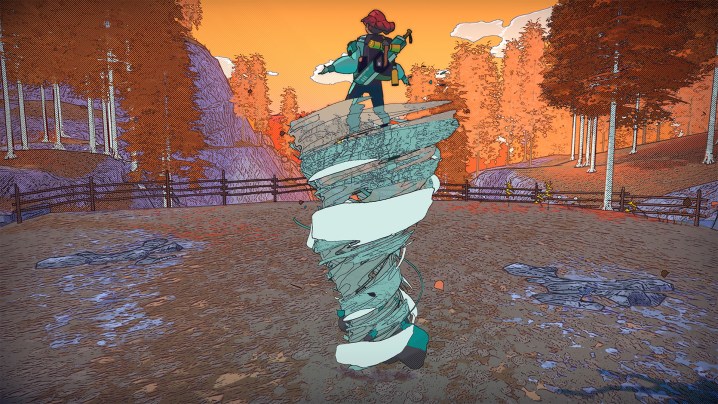
If I were forced to choose a “game of the show” (an impossible challenge at a GDC filled with such diverse projects), Dungeons of Hinterberg may take the title. The upcoming action RPG, which was revealed at last summer’s Xbox Games Showcase, is an impressive feat for a game of its scale. The meaty game pulls together fluid combat, smooth traversal, great puzzles, and a Persona-like social simulation into one beautiful package. It sounds like it should be one idea too many, but it all gels together perfectly so far.
What’s especially impressive is just how natural every aspect of it feels. When I get the hang of combat, I find myself easily chaining together slashes, magic attacks, and spells to wipe out arenas full of folklore-inspired enemies. When I explored the mountain biome I tried, I found that I could freely glide around and take in the scenic Alps, painted with graphic novel flair, with no friction. Every single aspect feels like second nature, making for a remarkably smooth game that I imagine I’ll get lost in when it launches this year.
Animal Well
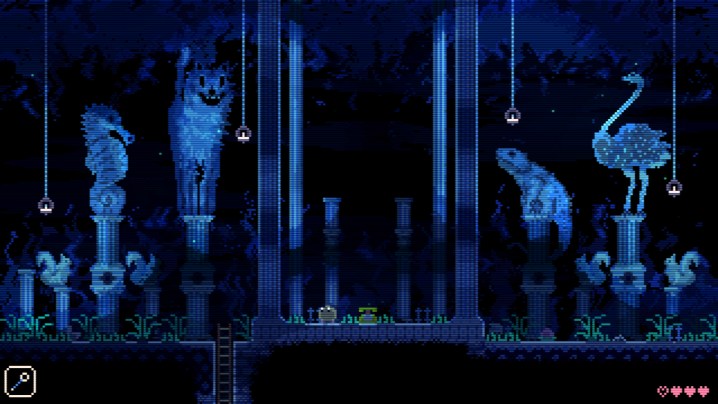
From the moment I first laid eyes on Animal Well during a Day of the Devs stream, I was sold. The animal-filled Metroidvania caught my eye with its alluring art and deeply mysterious ambiance. While I demoed a small slice of it when it was first announced, I’d get to play it again at GDC much closer to its looming May 9 release date. It turns out my excitement hasn’t waned one bit in that time. The new demo I played was just as engrossing as I wandered around a 2D map full of platforming challenges and well-hidden secrets.
What I realized this time around is that Animal Well almost has the same appeal as a classic Atari adventure game. Each individual screen is its own problem to be mastered, calling back to classics like Pitfall, but with deceptive complexity. It’s hard to fully explain why it works so well from a short demo, but the final game, with its engrossing ambiance, seems like it’ll speak for itself.
Blue Prince
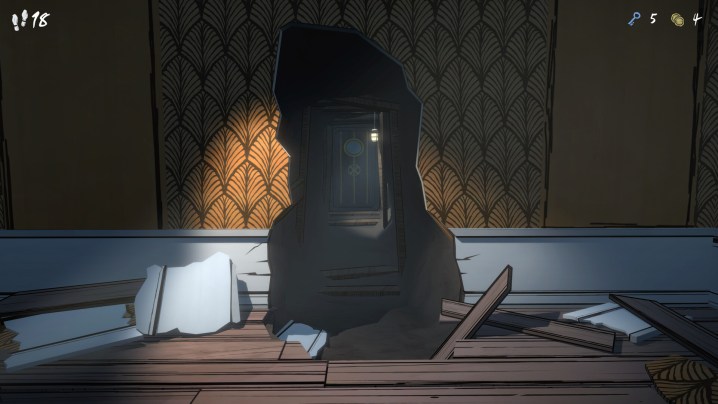
Published by Raw Fury, Blue Prince is a true one-of-a-kind game. When my demo starts, I learn that a family member has died and left me with his estate … but there’s a catch. In order to execute his will, I need to find the secret 46th room hidden in a 45-room mansion. That oddball premise gives way to a creative game that’s almost like a roguelike puzzler crossed with a tile-based board game.
I started each day in the mansion, represented on a map as a grid of rooms attached by doors. Anytime I open a door, I’m given a choice between three room tiles to place down, with each potentially containing key items, puzzles, or clues about secrets in other rooms. The goal is to connect rooms together in a way that allows me to get to the secret room at the very back of the grid. The extra catch, though, is that each room has a certain stamina cost attached to it. When I get too exhausted, I have to go to sleep, completely resetting the mansion. It’s a strange puzzle premise, but one I’m dying to learn more about.
World of Goo 2
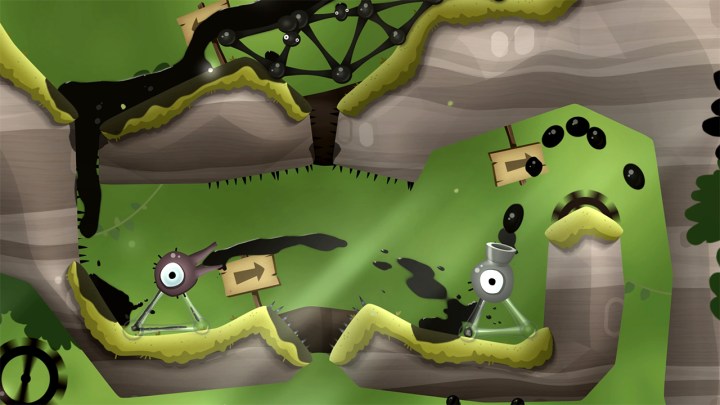
Playing World of Goo 2 at GDC felt like stepping into a time machine. During my demo of the upcoming sequel, a partner and I would sit on a couch and point our Joy-Cons at the screen. Chaotic motion-controlled chaos ensued as we worked together to solve a handful of physics-based puzzles. We failed, we laughed, and we eventually found our rhythm. It’s an experience I rarely get to have in games anymore, but leave it to a Nintendo Wii sequel to bring it back.
For those who played the original World of Goo when it launched in 2008, the sequel follows the same basic formula. It’s an engineering challenge that has players building wobbly structures out of goo. The twist this time around is that developer 2D Boy plays around with liquid, adding more physics challenges to the enduring puzzle format. Standout puzzles had me launching streams of sludge into crags to push around goo balls or using new white goos to absorb a pool of liquid. Ideas like that make the sequel feel like the fresh evolution that a genre classic deserves.
Sopa
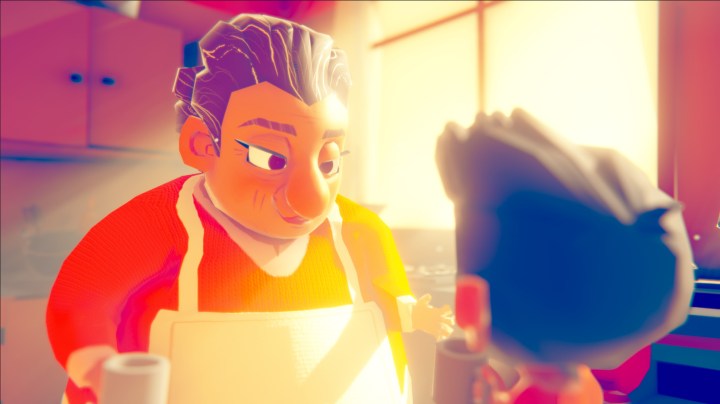
I always appreciate media that aims to capture what it feels like to be a kid. That’s exactly what Sopa is going for, as it uses magical realism to bring one child’s wild imagination to life. My demo would start with a simple task when my mother asks me to grab some potatoes from the pantry. That sounded easy enough until the pantry transformed into a deep hallway as I stepped into it. When I found a little critter in a hat at the end of it, I found myself transported to a colorful world on a quest for potatoes.
I’d get a small taste of Sopa’s variety during my quick demo. I’d grab a broom and bucket from my kitchen and bring it into the magical world to turn it into a rowboat. Later, I’d have to wake up a sleeping creature by baiting a chicken over to it with food. Everything I did followed a familiar child’s logic, as I got to see my character’s larger-than-life view of the world magically represented before me. That concept, combined with its lovely ode to Latin American culture, makes for a total charmer that stuck with me throughout the show.
Cylinder
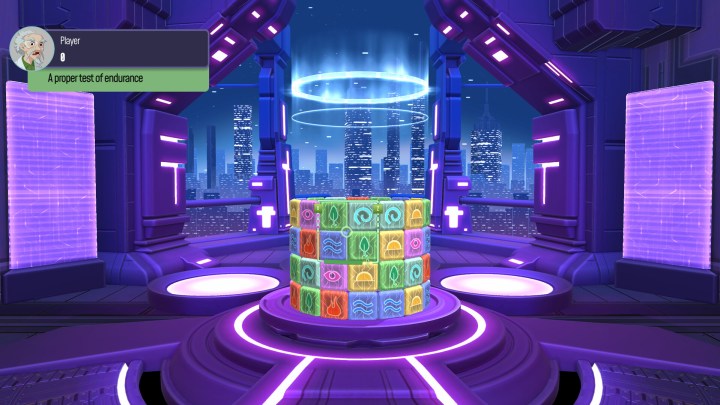
There’s nothing I love more than an old-school puzzle game, and Cylinder shares that same feeling. In this match-four title, players manage a rotating cylinder full of colorful symbols that wrap all the way around it. By rotating two-by-two boxes, players need to put together at least four symbols to make a successful match. It’s a tried-and-true puzzle hook, but with a 3D twist that creates some hectic, combo-based fun.
What really struck me during my demo, where I’d battle against two other players in a high-score challenge, is how much it calls back to the gloriously weird era of Tetris spinoffs like Welltris. Cylinder feels like an ode to those games and their formal experimentation with a deeply satisfying – and brain-bending – puzzle game that I could see myself obsessing over.
Echo Weaver
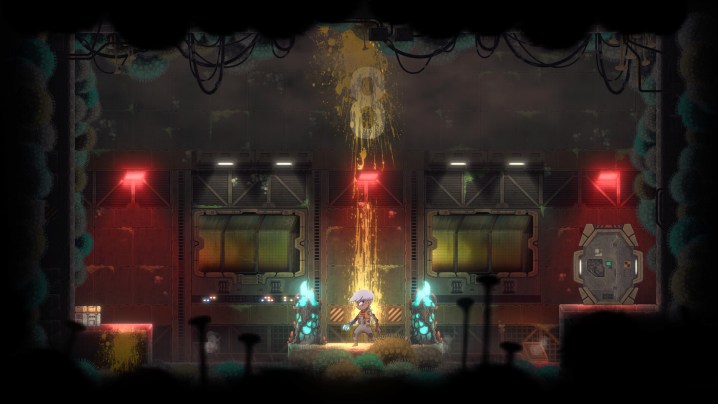
Echo Weaver is a Metroidvania set in a time loop, but each “power-up” you receive is knowledge. You play as Weaver, who is capable of superhuman feats like summoning glaives out of thin air and teleportation. Each corner of the map hides new discoveries about Weaver’s world, including their past and what led to the present situation. That includes knowledge about how to use Weaver’s powers or lore about the world told through environmental storytelling.
Each time you fail to escape, you restart the time loop with all your memories while the NPCs and other obstacles reset. That’s the key: even if the run resets, you can get through the puzzles the same way you remember. At an Xbox Indie Showcase where we played a demo of this game, one of the developers claimed that you could even beat the game in five minutes if you know what you’re doing. You could look up a guide in the future, but it’d ruin the point: discovery!
Other highlights
- Hyper Light Breaker mixes Risk of Rain’s structure with Dark Souls’ combat and Hyper Light Drifter’s aesthetic sensibilities.
- Bugaboo Pocket is a video game ode to Tomagotchi full of adorable bug pals and poop.
- darkwebSTREAMER is a unique horror game about a live streamer that features occult creepiness.
- Detective Dotson is a charming 2D project from India about a wannabe Bollywood actor who unwittingly becomes a detective.
- Entropy Survivors is a more active riff on Vampire Survivors with a Katamari Damacy-style ability that rolls up dozens of enemies into a ball.
- Wild Bastards is a stylish follow-up to Void Bastards with some creative team-management twists.
- On Your Tail is a cozy detective game about furry animals solving mysteries in a quaint Italian village.
- Dissecting Love is a raw visual novel about a queer couple performing an anatomy of their relationship, expressed through point-and-click operation gameplay.
- Devolver Digital’s Anger Foot is a fast and furious action game that feels like Hotline Miami with more kicking.

